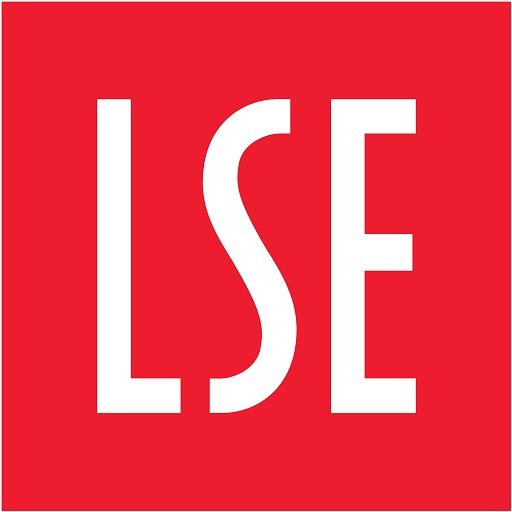 As political leaders and the press in the UK consider press regulation post Leveson, Fabrizio Cafaggi and Federica Casarosa, authors of a recent report on private regulation and journalism, argue that it is important to consider how journalists are defined in the new media environment.
As political leaders and the press in the UK consider press regulation post Leveson, Fabrizio Cafaggi and Federica Casarosa, authors of a recent report on private regulation and journalism, argue that it is important to consider how journalists are defined in the new media environment.
Technological evolution is changing content production and distribution, affecting the boundaries between professional and non professional news production. Two trends are emerging with the expansion of new media: an increasingly integrated approach to media and the expansion of privileges and responsibilities to a wider category of content producers. These trends have been primarily driven by litigation and to a limited extent by the industry producing new instruments to allocate responsibilities between content and service providers along the supply chain.
Media supply chains have undergone dramatic transformations of the last decade witnessing at the same time remarkable phenomena of industry concentration downstream and dispersion and fragmentation of production processes upstream. However, these changes have not been sufficiently reflected in the content of regulation or in the instruments deployed to regulate journalistic activity, and the Leveson report seems to follow the same trend.
So how should the boundaries between professional and non-professional journalism be drawn? Examining press regulations across Europe, we found that a distinction can be drawn between status-based and the activity-based definitions of journalists. A status-based definition is associated with a strong professional association based on membership, which defines with legal instruments who is a journalist and the applicable rules for journalistic conduct (such as the Italian Ordine dei Giornalisti). An activity-based self-regulatory regime is developed where no mandatory membership to professional associations exist, having the scope of the rules defined on the basis of the definition of ‘journalism’ itself rather than who is a journalist (such as the German Presserat).
Although in principle an activity-based definition of a journalist represents better fits with on-going technological developments, an additional feature that should be updated is the scope of application of the private regulatory regime. In order to take into account new media and the business models that are currently emerging, neither a sector distinction between press and broadcasting nor a content distinction between written versus audiovisual are feasible options. The former UK PCC’s Editors Code was a clear example of this latter dychotomy, in which journalists within a broadcasting company have to comply with the Ofcom Broadcasting Code rather than with the PCC code. Moreover, the scope of application of the PCC code only included the electronic version of traditional media, and in particular the ‘editorial materials’ published online, excluding a large part of the materials that fall within the wide category of user-generated content.
A convergent media approach should provide that a code of conduct apply to any content available on any media, clearly defining whether bloggers, social networks and user-generated content platforms are to be included and which characteristics would allow them to claim journalist (or media) privileges. What is evident in the current approach of professional regulatory bodies is the mismatch between case law and codes of conduct, and among codes across European countries. The challenges facing professional bodies involved in journalism requires a new approach both in terms of principles and in terms of governance. In terms of principles the boundaries between professional and non-professional and between commercial and social content production must be re-determined. A more radical change is necessary to define how to establish jurisdiction and to administer common rules among media and across European countries. The rapid evolution of organisational models, driven also by technological changes, calls for a flexible approach, based on voluntary adhesion to private regulatory instruments. It is the effect of the journalistic activity rather than the identity of the provider of the information that should become the regulatory pillar upon which to distinguish among different regulatory regimes. Any proposal for reform, such as the one from the Stakeholder Forum for European journalism, should take into account the incentives and design rewards and social sanctions that can promote the integrated approach.



